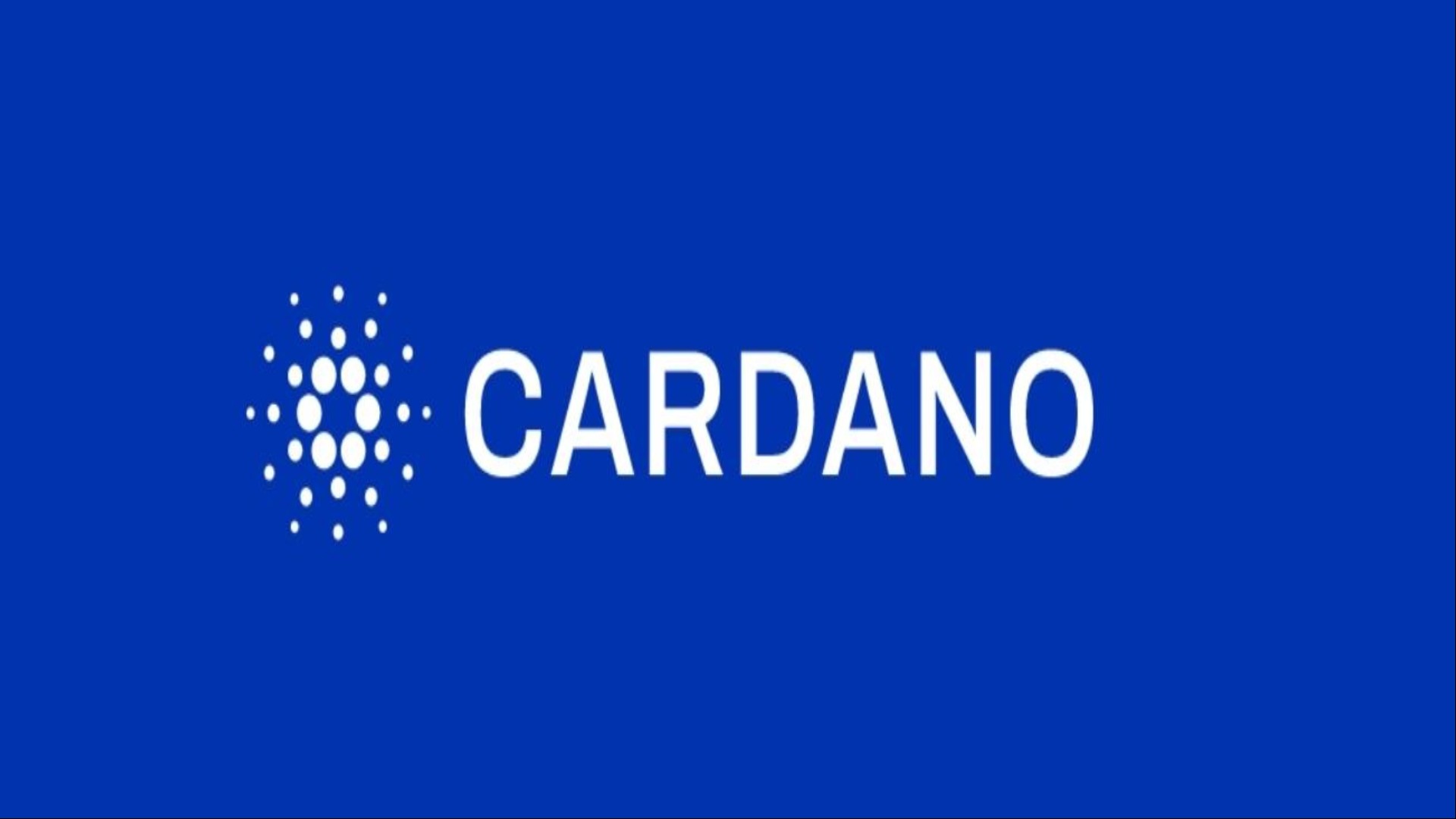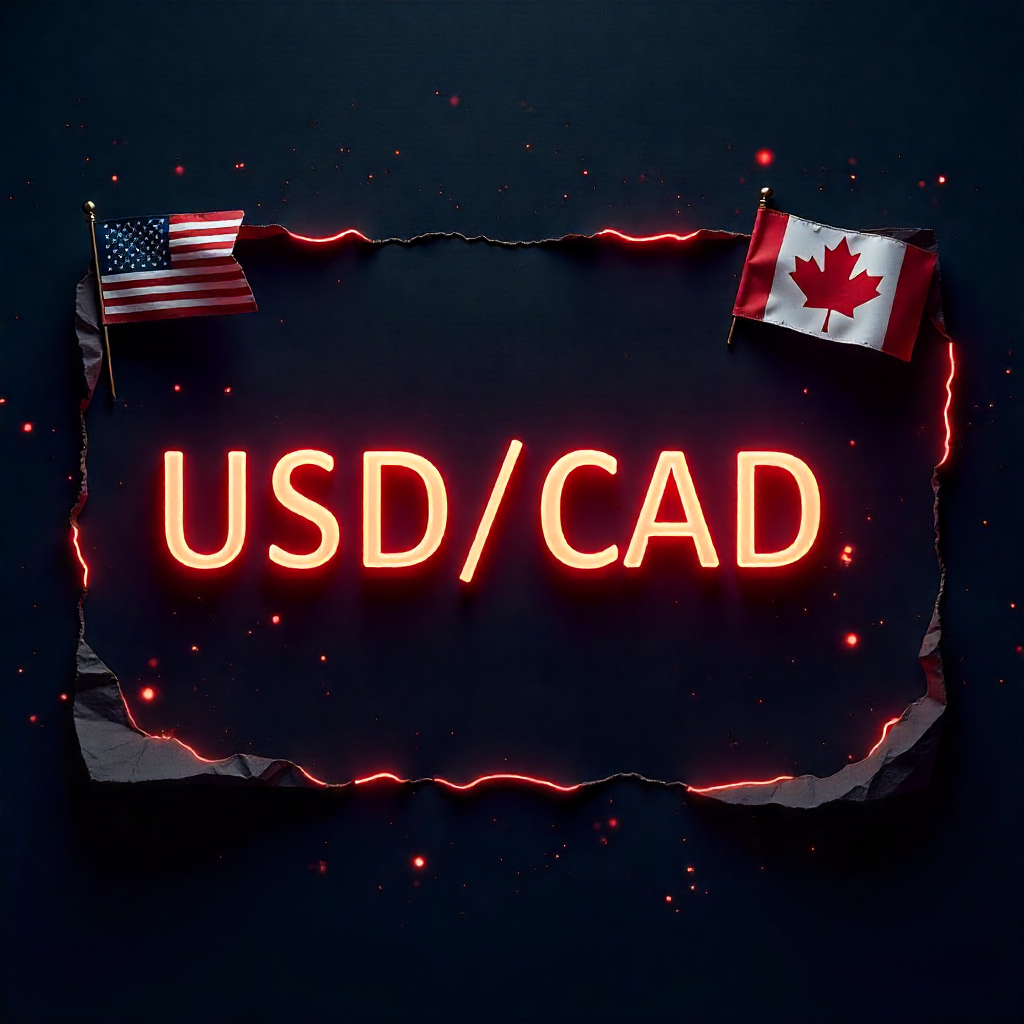Brent Crude Oil Price Prediction 2026, 2030, 2040: Long-Term Forecast Amidst Energy Transition » InvestingCube
Detailed analysis of Brent Crude oil price targets for 2026, 2030, and 2040. Explore how OPEC+ policies, global economic growth, and the shift to renewable will shape the future of oil prices.


Summary:
- Brent crude oil price prediction points to moderate downside risk in 2026, with EIA projecting an average around US$52 per barrel as global inventories rise.
- OPEC+ supply strategy and resilient U.S. shale output continue to cap upside momentum through 2026 - 2027.
Table of Contents
- Brent Crude Oil Price Prediction 2026: Geopolitics and Global Inventory Dynamics
- Brent Crude Oil Live Chart
- Scenario for 2026:
- Brent Crude Oil Price Prediction 2030: Peak Demand Scenarios and OPEC+ Strategy
- Scenarios for 2030:
- Brent Crude Oil Price Prediction 2040: Long-Term Outlook in a Decarbonized World
- Scenario for 2040:
- Key Factors Driving Oil Prices: Supply, Demand, and Geopolitical Risks
- Technical Analysis: Key Resistance and Support Levels for Brent Futures
- Expert Consensus: Analyst’s Brent Crude Price Targets
- Frequently Asked Questions
- What will be the price of Brent crude oil by 2030?
- Will oil prices fall in 2026?
- What factors affect Brent crude oil price in the long run?
- Is Brent crude a good investment in 2026?
Brent Crude Oil Price Prediction 2026: Geopolitics and Global Inventory Dynamics
[InvestingCube, November 12, 2025] As for 2026, the longer-term forecast for Brent crude oil price prediction seems pessimistic. The U.S. Energy Information Administration does not expect Brent to average much more than US$52 a barrel in 2026, as global supplies exceed demand and economy stockpiles continue to grow.

Meanwhile, key strategic moves by OPEC+ to taper production cuts and surging U.S. shale supply are putting downward pressure. In this low scenario, geopolitics concerns, such as rising Middle Eastern tensions could result in short-lived peaks but a bearish-to-neutral trend.
Brent Crude Oil Live Chart
Scenario for 2026:
- Bullish: US$60 to 65 if OPEC+ imposes surprise cuts and demand rebounds.
- Base: US$50 to 55 (reflecting EIA projection).
- Bearish: US$45 to 50 if demand stagnates and supply surges.
Brent Crude Oil Price Prediction 2030: Peak Demand Scenarios and OPEC+ Strategy
By 2030, the medium term resolution for the crude oil price pace is coming. On the one hand, demand from the developing world, for example, India and Africa, should recover the oil price per barrel. On the other hand, the energy transition EV deployment will continue to diminish it. Thus, under a base case of OPEC+ maintain discipline, Brent would be in the US$70 to 80 territory. However, under the bearish case of global oil demand peaking and renewable thrusting ahead, the price per barrel would be around US$55 to 60.
Scenarios for 2030:
- Bullish: US$80 to 90 if non-OPEC supply falters and demand remains robust.
- Base: US$65 to 75
- Bearish: US$50 to 60 if energy transition erode demand growth significantly.
Brent Crude Oil Price Prediction 2040: Long-Term Outlook in a Decarbonized World
Hotting up, the 2040 oil price forecast needs to deal with a decarbonized world as we all do a lot of squinting into the distance. As clean energy, EVs and efficiency improvements displace oil, its role will diminish. Some past evidence indicates Brent could average $80 to 90 in a moderate scenario and could be around US$45 to 60 under aggressive transition pathways (Capital.com). In such a setting, supply constraints (exploration, cost inflation) can be somewhat supportive of prices, but structural demand destruction is still the overriding theme.
Scenario for 2040:
- Bullish: US$90 to 100 if supply becomes very tight even as demand wanes.
- Base: US$70 to 90.
- Bearish: US$45 to 60 where oil demand drops sharply.
Key Factors Driving Oil Prices: Supply, Demand, and Geopolitical Risks
- Supply side: OPEC+ production cuts, or increasing, non-OPEC+ /U.S.shale ramp up. Government Sachs, for instance, cautions of slower non-OPEC growth in output if prices weaken (Reuters).
- Demand side: Global oil demand growth, in particular, the emerging market story vs pull from energy transition and EV proliferation.
- Geopolitical Risks: Middle East, Russia-Ukraine, sanctions can lead to supply shocks and price spikes.
- Inventories and margins: Bigger inventors lead to lower pricing momentum (as the EIA’S 2026 outlook suggests). (U.S. Energy Information Administration.)
- Energy Transition: The movement towards renewables, transport electrification and efficiency gains act as a structure reduction in oil intensity – which is critical for long-term price dynamics.
Technical Analysis: Key Resistance and Support Levels for Brent Futures

Based on the chart, Brent futures are currently trading flat at $60.38 a barrel as a range bound action continues. The chart above signals a resistance zone secured between $61.53 to 63.04 because several previous highs capping upside momentum since September reside within that area. A break out above $63.04 might be able to bring a continuation towards $66 to 68 for an end to the renewed bullish momentum perspective.
To the downside, there’s liquidity support zone resting between $56.87 to $55.31 which has seen strong demand on repeated test since August. A may close below $55.31 could open a past for more losses towards the region of $52.00 to $50.00.
in summary, Brent is consolidating at present in a trading range. Traders would like to see a decisive break above or below such levels in order to gauge the direction of the next major leg higher or lower back towards mid-50s for support.
Expert Consensus: Analyst’s Brent Crude Price Targets
Institutional forecast vary:
- EIA: US$52 in 2026 on base case. (US Energy Information Administration)
- Capital.com(older): US$87 in 2040 scenario.
- Goldman Sachs: A base case US$55 by the end of 2026, though downside risk is towards sub~ US$40 (BusinessInsider). As the result, the consensus cluster for 2030/2040 falls in the US$60 to 90 range under most scenarios, with room for lower outcomes provided decarbonization is faster.
Frequently Asked Questions
What will be the price of Brent crude oil by 2030?
Under a downside case scenario, Brent might average something like US$65 to 75 per barrel by 2030. If demand is pulled lower by robust energy transition, it can worth US$50 to 60.
Will oil prices fall in 2026?
Yes — majority of the projections see prices tumbling towards US$50 to 55 per barrel in 2026, as inventory built and supply grows.
What factors affect Brent crude oil price in the long run?
Long-term factors are global oil, demand growth (or like thereof), OPEC+ supply strategy, U.S. shale-base supply, technological change and – increasingly – how fast the energy transition is progressing (EVs; renewables)
Is Brent crude a good investment in 2026?
That would depend on an individuals risk tolerance, and how far out he or she was looking. With the modest upside-considerable downside (including below US$50) risk indicated by forecasts, oil may provide diversification, but it is not generally seen as a high growth “safe” bet at present.
Start typing to see results or hit ESC to close
Delegate Your Voting Power to FEED DRep in Cardano Governance.
DRep ID: drep12ukt4ctzmtf6l5rj76cddgf3dvuy0lfz7uky08jfvgr9ugaapz4 | We are driven to register as a DRep by our deep dedication to the Cardano ecosystem and our aspiration to take an active role in its development, ensuring that its progress stays true to the principles of decentralization, security, and community empowerment.DELEGATE VOTING POWER!










